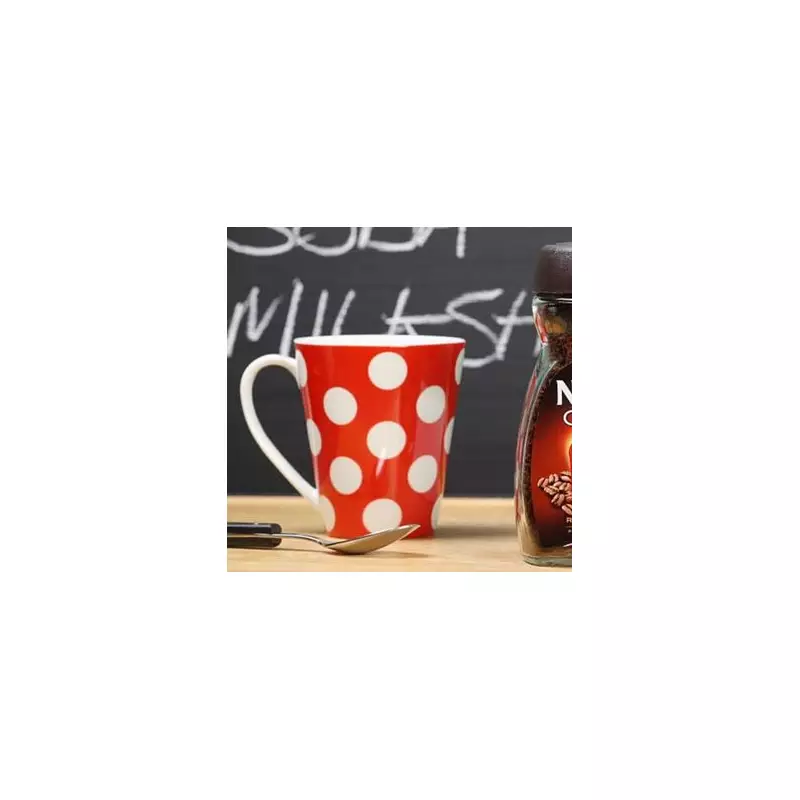
Nescafé has sparked frustration among British shoppers after quietly reducing the size of its classic coffee jars while maintaining the same retail price.
The food giant has cut the contents of its original Nescafé instant coffee jars from 100g to 90g – a 10% reduction – in what appears to be the latest example of 'shrinkflation' hitting supermarket shelves.
Shrinking Products, Rising Prices
Consumer experts warn this stealthy tactic allows companies to effectively raise prices without making obvious changes to packaging or price tags. The move comes as many households already struggle with soaring grocery bills.
'This is shrinkflation in action,' said retail analyst James Walker. 'By slightly reducing the product size, manufacturers can offset rising costs while hoping customers won't immediately notice.'
How to Spot Shrinkflation
Shoppers can protect themselves by:
- Checking unit prices (price per 100g)
- Comparing new packaging sizes with old ones
- Being aware of common shrinkflation targets like coffee, chocolate and cereals
The Nescafé change follows similar reductions across other grocery staples as manufacturers grapple with increased production costs.





